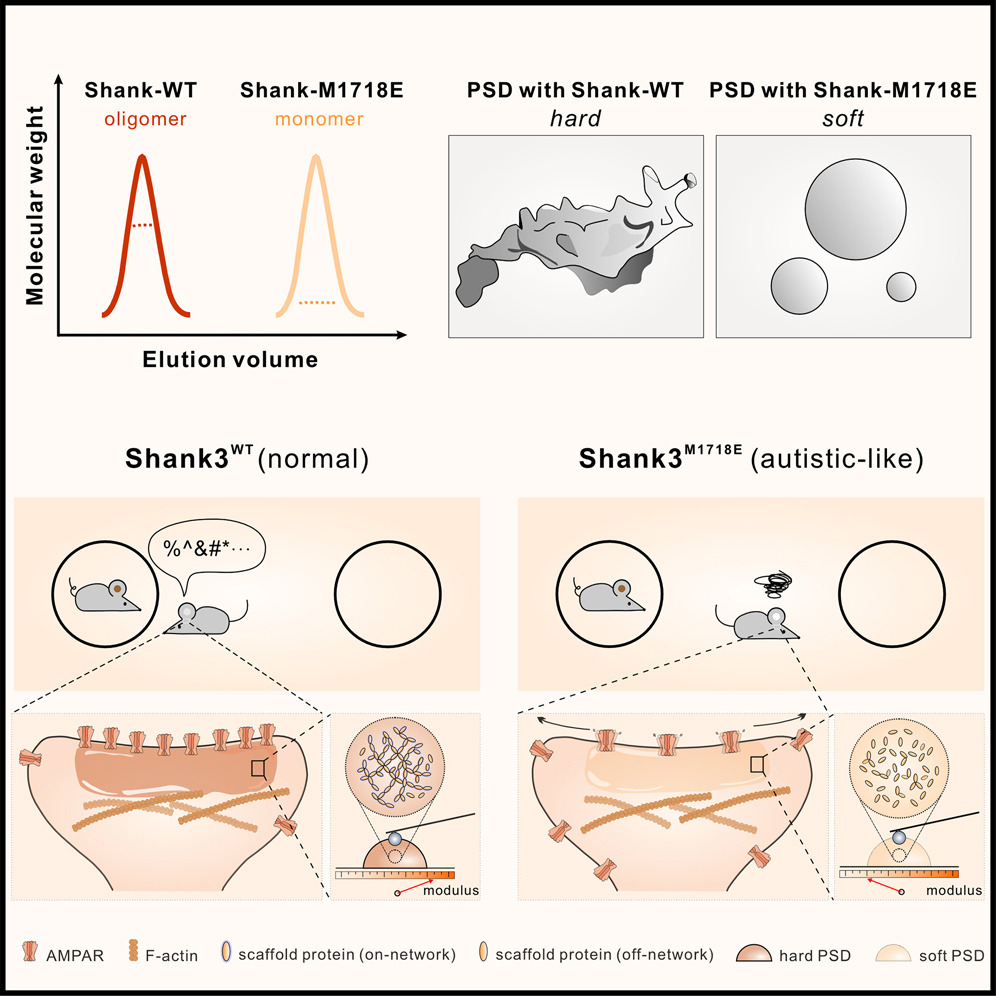Dysfunction in the βII spectrin–dependent cytoskeleton underlies human arrhythmia
2015.01.28Smith, S. A., Sturm, A. C., Curran, J., Kline, C. F., Little, S. C., Bonilla, I. M., ... Zhang, M., ... & Mohler, P. J. (2015). Circulation, 131(8), 695-708.
Background—
The cardiac cytoskeleton plays key roles in maintaining myocyte structural integrity in health and disease. In fact, human mutations in cardiac cytoskeletal elements are tightly linked to cardiac pathologies, including myopathies, aortopathies, and dystrophies. Conversely, the link between cytoskeletal protein dysfunction and cardiac electric activity is not well understood and often overlooked in the cardiac arrhythmia field.
Methods and Results—
Here, we uncover a new mechanism for the regulation of cardiac membrane excitability. We report that βII spectrin, an actin-associated molecule, is essential for the posttranslational targeting and localization of critical membrane proteins in heart. βII spectrin recruits ankyrin-B to the cardiac dyad, and a novel human mutation in the ankyrin-B gene disrupts the ankyrin-B/βII spectrin interaction, leading to severe human arrhythmia phenotypes. Mice lacking cardiac βII spectrin display lethal arrhythmias, aberrant electric and calcium handling phenotypes, and abnormal expression/localization of cardiac membrane proteins. Mechanistically, βII spectrin regulates the localization of cytoskeletal and plasma membrane/sarcoplasmic reticulum protein complexes, including the Na/Ca exchanger, ryanodine receptor 2, ankyrin-B, actin, and αII spectrin. Finally, we observe accelerated heart failure phenotypes in βII spectrin–deficient mice.
Conclusions—
Our findings identify βII spectrin as critical for normal myocyte electric activity, link this molecule to human disease, and provide new insight into the mechanisms underlying cardiac myocyte biology.
- Recommend
-
2025-10-22
IQSEC2/BRAG1 may modulate postsynaptic density assembly through Ca2+-induced phase separation.
-
2025-08-22

Shank3 oligomerization governs material properties of the postsynaptic density condensate and synaptic plasticity.
-
2025-08-21
Modulating synaptic glutamate receptors by targeting network nodes of the postsynaptic density condensate.
-
2025-08-19
Current practices in the study of biomolecular condensates: a community comment.
-
2025-06-10
Phase separation instead of binding strength determines target specificities of MAGUKs.

